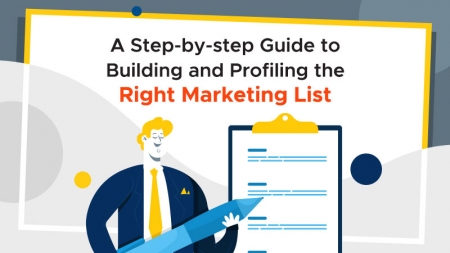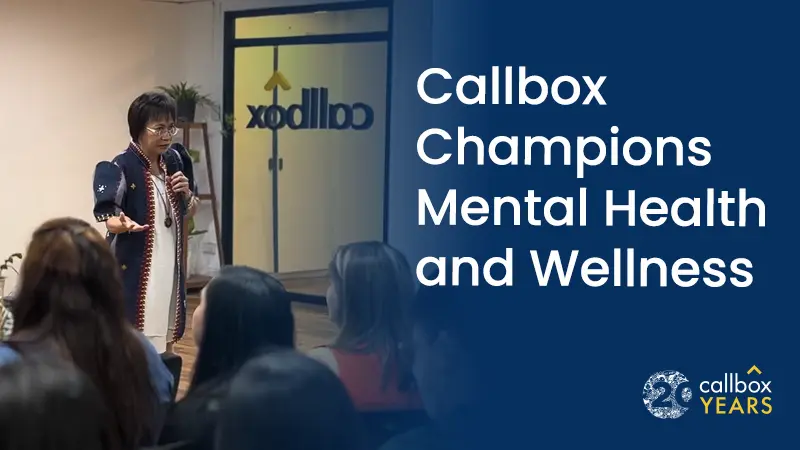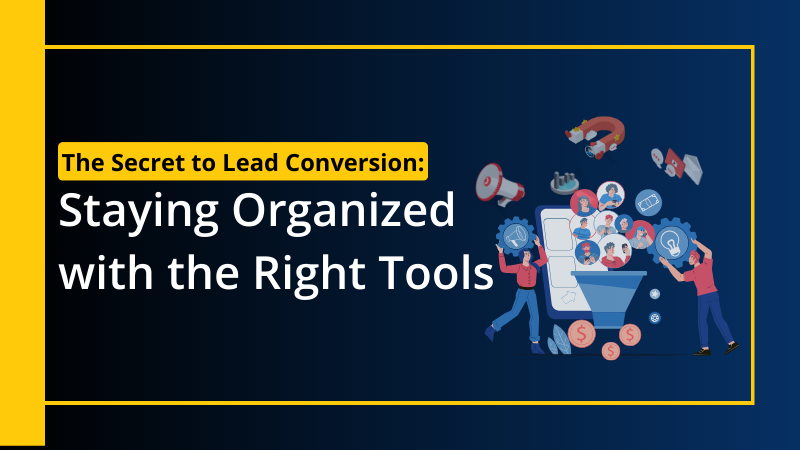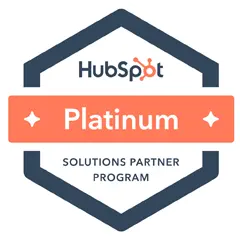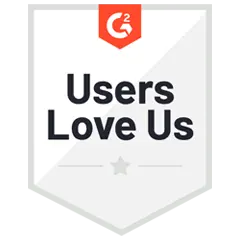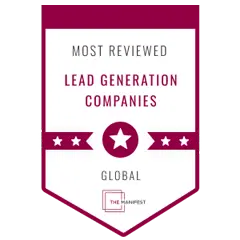List building or contacts profiling is the process of pre-qualifying your prospects and contacts in order to collect and prepare all the relevant information needed for your lead generation campaign. It helps you save precious time and energy in driving your sales and marketing operations, and ensures that your lead generation campaigns are effective.
Here are 7 steps we have used over the years to help clients build and profile the right B2B leads list for their campaign:
1. Gather and prepare the most important specs
You would often start with the most basic task of all – collecting vital information that will help you and your team make better classifications of targets. While seemingly elementary, at Callbox, we find this step to be crucial and highly helpful in narrowing down the B2B leads list as lead generation campaigns progress.
Here are the different types of data (at minimum) that you would need to gather:
Target Geography or Location
This would include a list of cities and their zip codes, regions, and countries where the campaign will be potentially launched.
Your campaign’s success is dependent on whether you decide to expand or narrow down your geographical reach. Expanding or narrowing down this parameter mostly boils down to what you’re trying to achieve for the campaign.
Target Industries
We usually include Standard Industrial Classification (SIC) codes which is a system used to classify various industries in four-digit codes. It is widely used in the United States and the United Kingdom.
We find SIC codes very helpful as it helps us organize prospects systematically. Additionally, we also use common keywords (e.g: technology companies, financial firms, etc.) that define or classify certain industry groups.
Target Prospects and Stakeholders
In every marketing campaign (lead generation, sales prospecting, event marketing), it is imperative that you identify the key people and influencers in your target accounts’ org chart.
Identifying multiple contacts allows you to address different concerns and objections from different stakeholders within a company.
Revenue/Employee Range
Depending on your offer, this parameter could be optional. Most companies find it necessary to estimate beforehand how much an organization is willing to spend for a solution or a product. This parameter does not tell it all, but it can provide a good indication on who you would want to prioritize for your campaign – contacts from organizations that offer the highest revenue potential for your business.
2. Evaluate the target specs
Having gathered all the helpful data needed, you can move on to evaluating the target specs you have collected and assess whether certain groups are doable or not. This also means that you need to be able to remove from the list certain targets who may not necessarily benefit from the product or may not need it after all.
At Callbox, this is the part where we also finalize the target criteria and we usually end up either expanding or altering the list as we go along.
In the end, you need to be able to come up with a list of targets promising enough to take a business to the next level.
3. Make an initial B2B leads list based on the available data
At this point, you would have narrowed down your list to the top choices. By saying this I mean that you have thoroughly weighed the outcome and those whose names appear on the list will contribute to the success of the marketing or sales campaign.
4. Assess the list score
There are several ways to score your B2B leads list. You can rank prospects based on profile completeness, the value of certain attributes (position, social media followers, etc.), or a combination of demographic and activities – the latter is usually determined during the campaign.
At Callbox, before launching a campaign, we aim for a list score of 50% and above – using a combination of information completeness and the perceived value of each lead to the client.
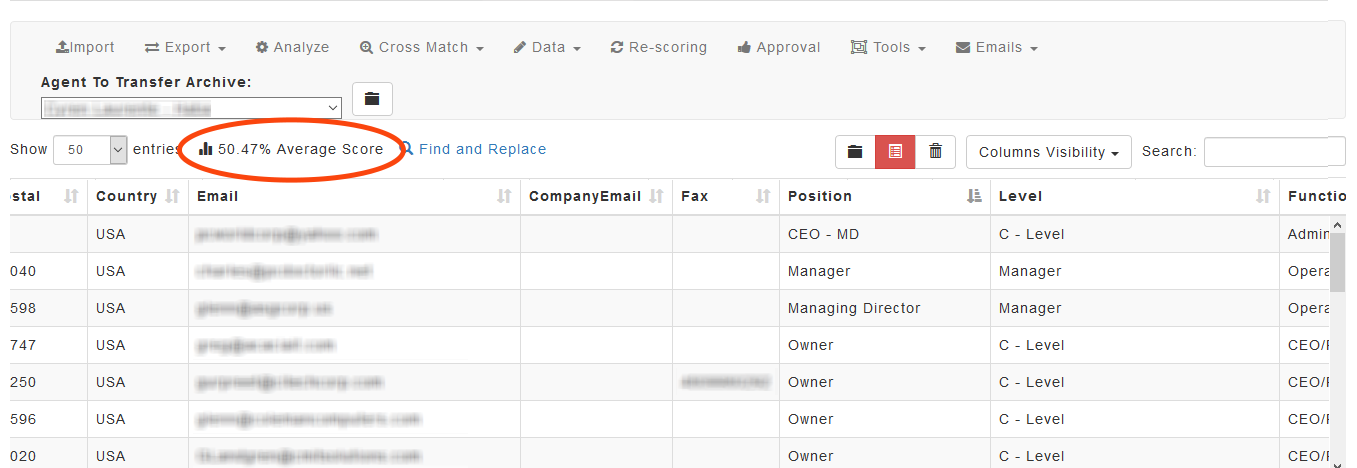
Having a lead scoring system more or less guarantees that your team will have access to vital information about the targets listed.
5. Polishing and data cleansing
Checking and checking again is key. Based on our experience, there is always something to add, something amiss, something that needs to be expanded or removed. This step may sometimes make you feel like you are right back where you started, but that it is better rather than become overconfident and miss out on other important details.
A common practice is to compare data from your B2B leads list to old existing data (if available). Comparing gathered data allows you to make corrections if there be a need for any.
The following video goes over the 5 F’s of data hygiene best practices for richer data-driven campaigns.
6. Data expansion: Adding supplement contacts
Along the way, I also often come across additional data that is good as back up. Having 2 potential contacts listed is way better than just having one. It gives you a Plan B should the first contact be inaccessible.
7. The review process – for inputs and approval
At the end of the day, it is important to get third-party insights from people within your team. The success of your B2B leads list building process also greatly depends on how well we marry our ideas, beliefs, and business intuition.
One very crucial requirement in compiling marketing databases is that the lists need to be fully compliant with applicable data privacy laws and regulations. We’re handling data after all, and it’s always good practice to manage data ethically and responsibly.
That’s why it’s important to take extra measures throughout each step in the list-building process to ensure full compliance with requirements outlined in laws such as GDPR, the CAN-SPAM Act, PDPA, and others.

